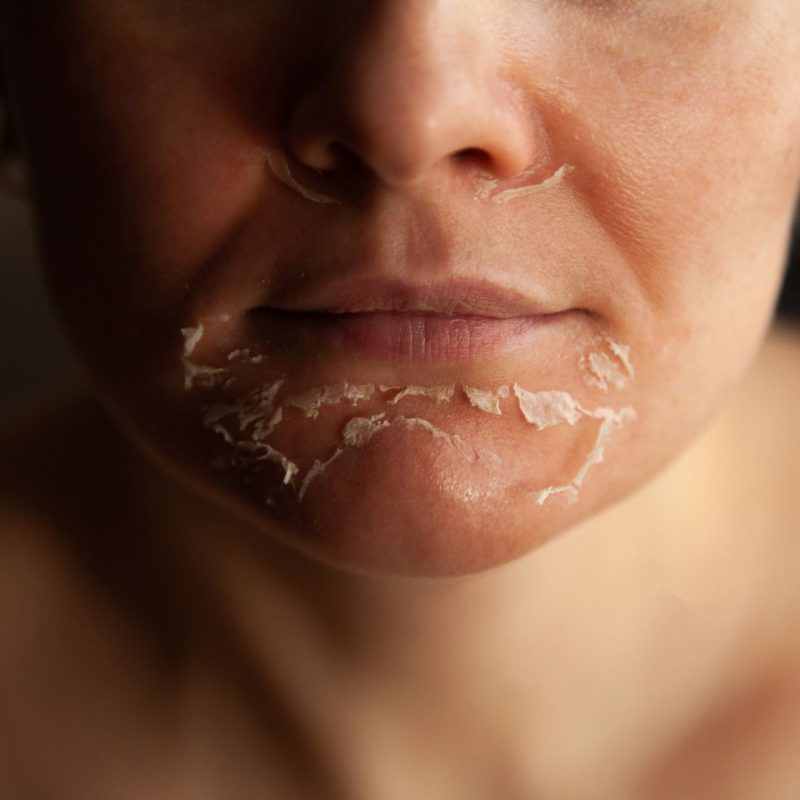

Peeling treatment (or chemical peeling) is a cosmetic procedure designed to improve the appearance and texture of the skin by exfoliating the outer layers. During the treatment, a chemical solution is applied to the skin, which causes the outer layer to peel off, revealing a smoother, more youthful-looking complexion underneath.
✨ How Peeling Treatment Works
A chemical solution (such as alpha hydroxy acids, beta hydroxy acids, trichloroacetic acid, or phenol) is applied to the skin.
This solution exfoliates the skin, removing dead skin cells, dirt, and oils.
Depending on the depth and type of chemical solution used, the skin will peel over several days, revealing fresher, rejuvenated skin underneath.
Types of Peels
1. Superficial Peel (Light Peel)
Uses mild acids like alpha-hydroxy acids (AHAs) (e.g., glycolic or lactic acid).
Gently exfoliates the outermost layer of skin (epidermis).
Ideal for: Minor skin issues like dullness, uneven texture, or fine lines.
2. Medium Peel
Typically uses trichloroacetic acid (TCA) or a stronger solution to penetrate deeper into the skin.
Ideal for: Acne scars, deeper wrinkles, sun damage, and uneven pigmentation.
3. Deep Peel
Uses a stronger acid like phenol to penetrate deeper layers of the skin.
Ideal for: Severe sun damage, deep wrinkles, and scarring.
Requires more recovery time and is usually done under local anesthesia.
Benefits of Peeling Treatment
Improves skin texture by removing dead skin cells and encouraging new skin growth.
Reduces fine lines and wrinkles by stimulating collagen production.
Helps with hyperpigmentation (age spots, sun spots, or melasma).
Clears acne and reduces the appearance of acne scars.
Minimizes pores and improves overall skin tone and clarity.
Treatment & Recovery
Duration: Peels typically take 15–30 minutes depending on the type of peel.
Aftercare: Post-treatment care is important for minimizing irritation and promoting healing. This may include moisturizing, using sunscreen, and avoiding direct sun exposure for a few weeks.
Downtime: Superficial peels may have little to no downtime, while medium or deep peels may require several days of peeling and recovery.
Who Is a Good Candidate for Peels?
People with sun damage, uneven skin tone, or acne.
Those looking for a non-surgical option to improve skin appearance.
Not ideal for individuals with active skin infections, eczema, or rosacea.
Things to Consider
Peels can cause redness, dryness, or peeling after treatment, which is part of the process of skin renewal.
It’s important to consult with a licensed professional to choose the right type of peel for your skin type and concerns.
Using sunscreen and avoiding direct sun exposure is critical post-treatment to protect the new skin layer.
Peeling vs. Microdermabrasion
Feature Peeling Treatment Microdermabrasion
Depth of Exfoliation Deeper (depending on type) Surface-level exfoliation
Duration 15–30 minutes 30–60 minutes
Downtime 1–2 weeks (for deeper peels) Minimal to none
Ideal for Hyperpigmentation, wrinkles Skin texture, dullness
Results Gradual improvement over time Immediate smoothness and glow

